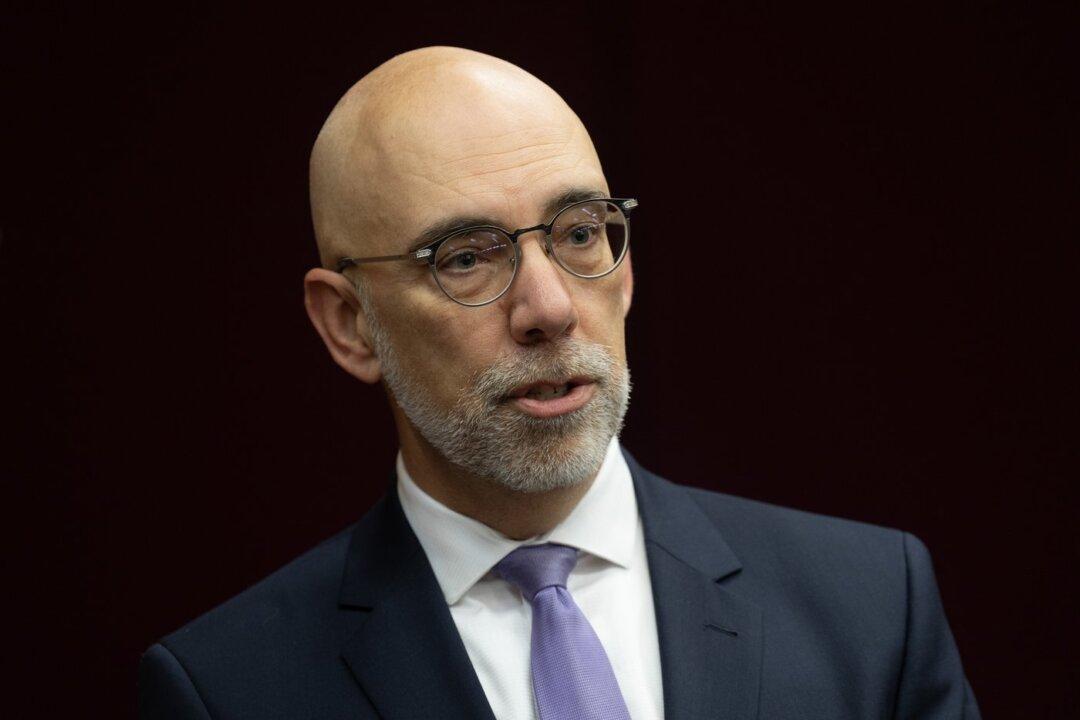Federal employees routinely answer to seven levels of management, contributing to higher levels of government spending, according to Parliamentary Budget Officer (PBO) Yves Giroux.
“It leads to a situation where an employee can have seven levels of management above them.”
He said the proposal of eliminating two levels of executives had been discussed in the past, although that would come with its own set of challenges.
The PBO said his biggest concern with the current government’s spending habits is “the disconnect between the increased levels of spending, which is a policy choice, and the performance indicators that don’t seem to be markedly improved.”
“Over time, we are seeing an increase in the number of public servants, in public expenditures. But year after year, despite the fact departments choose their performance indicators and the targets, they don’t seem to be getting significantly better,” Mr. Giroux said. “That is what worries me with the increased level of spending.”
Conservative MP Garnett Genuis said Mr. Giroux’s figures show that money could be cut from the federal budget without impacting services Canadians rely on.
Restraining Spending
A Feb. 13 report by the Fraser Institute think tank said “government workers in Canada currently enjoy an 8.5 percent wage premium (on average) relative to comparable private-sector workers.”The report’s authors suggested aligning government-sector wages with wages in the private sector as part of a strategy to provide savings and balance the budget.
Federal spending before the COVID-19 pandemic increased faster than the population and inflation, resulting in “a string of large budgetary deficits,” the news release said.
“This accumulation of debt, along with recent hikes in interest rates, has raised the cost of interest on the federal debt to one of the largest budget expense items,” said report co-author Jake Fuss, director of fiscal studies at the Fraser Institute, in the news release.
Along with adjusting salaries to align with private-sector wages, the report said reviewing business subsidies and addressing inefficiencies within the government might also reveal savings.







